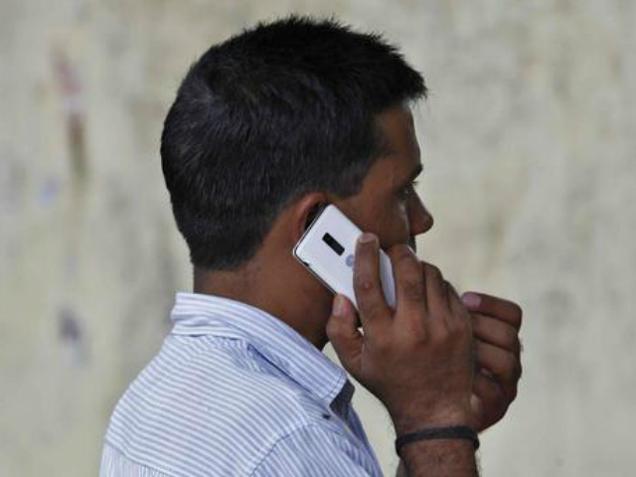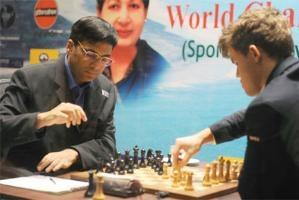September 2, 2016
Surrogates for the campaign of Donald Trump have been saying for several days that polls show a tighter race than shortly after the convention.

September 2, 2016
Surrogates for the campaign of Donald Trump have been saying for several days that polls show a tighter race than shortly after the convention.

It's easy to pick out polls to make nearly any point, and paid advocates for campaigns are happy to do so. With that in mind (and new national polls from Fox News and Suffolk University in hand), we pulled poll and polling average data to figure out the extent to which that's true.
It's clear that Hillary Clinton still holds a national lead. In the RealClearPolitics polling average, Clinton's up by 4.9 points, a decent margin but her lowest in about a month. The concern in polling is less individual points of data than it is trends. After all, Clinton up 4.9 points means one thing if she were up by 2 points a week ago, and it means something else if she was at 6 points a week ago.
Which she was. Clinton's held a lead of 5 or 6 points for a while, having just dipped down into the 4-somethings. So let's look at some graphs, because that is what we do here at The Fix when I am writing about polls.
Three charts here. The first shows Clinton's lead by day; you can see that it's been around 5 points. Chart two shows the actual polling average for each candidate. (The gap between those two lines is what's shown in the first graph.)
The third chart is what we should focus on. It breaks the past two months into three periods: Before the conventions, during the conventions, the first two weeks of August and the second two weeks. We'll skip poll data from the conventions, because that's a volatile period. So we're looking at Jul. 1 to 17, Aug. 1 to 15 and Aug. 16 to 31.

You can see how Clinton's support in the polling average grew from before the conventions to after. You can also see how in the last two weeks, Trump gained about a point (on average) while Clinton stayed about the same.
That's imperfect, though, because we're looking at a rolling average, meaning that the first part of the Aug. 16 period includes data from the end of the Aug. 1 period.
Let's look at individual polls, then, pulled from Huffington Post Pollster.
Two charts here, the first of which simply shows all of the polls conducted over the past two months (that were included by Pollster). The second shows averages for those same three periods.
Big jump for Clinton after the conventions — and a fade for Trump. But in the last two weeks, Trump again gained a point while Clinton slipped slightly.
This is a modest change. If we assumed that every two weeks Trump and Clinton's numbers were to change at the exact same rate as they did over the last two weeks, the two candidates would be tied at the beginning of October, using the Pollster numbers. (If we use the RCP change, they'd be tied by Election Day.)
For Trump, any shift back toward parity is good news, however slow. His challenge, as it has been for a while, is whether he can continue to add support to his existing base. If Clinton is able to hold her support steady, can Trump gain enough support to overtake her?
That's not the important question, of course, because there is no national presidential election: There are 50 state elections. The important question is if Trump can actually take the lead in the swing states. Lots of good opportunities to cherry-pick polls there, too, but for now, we'll just leave the question as-is.
Courtesy: Washington Post

















































































































